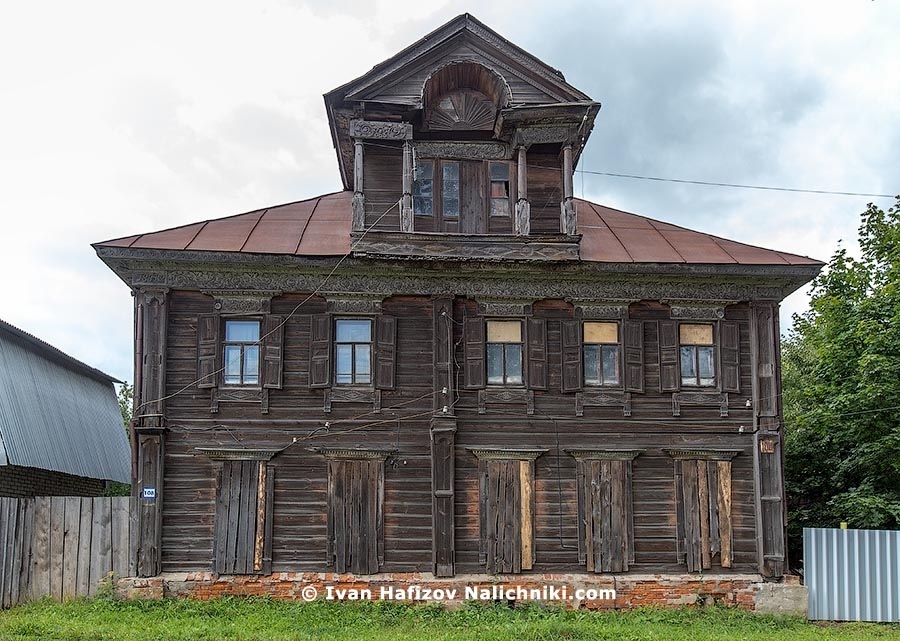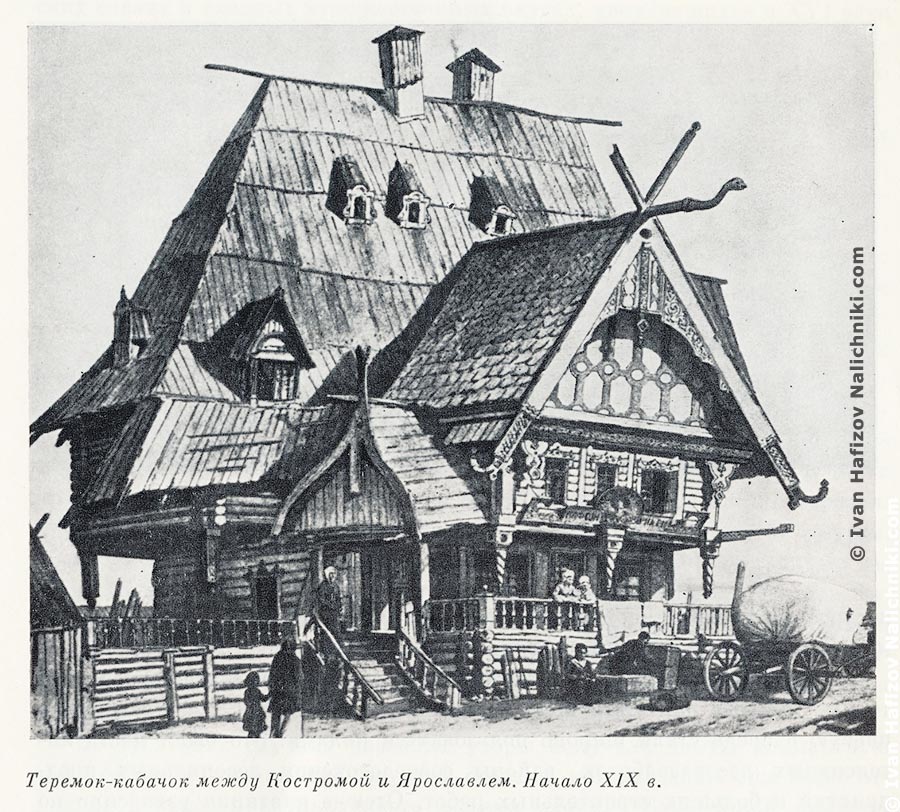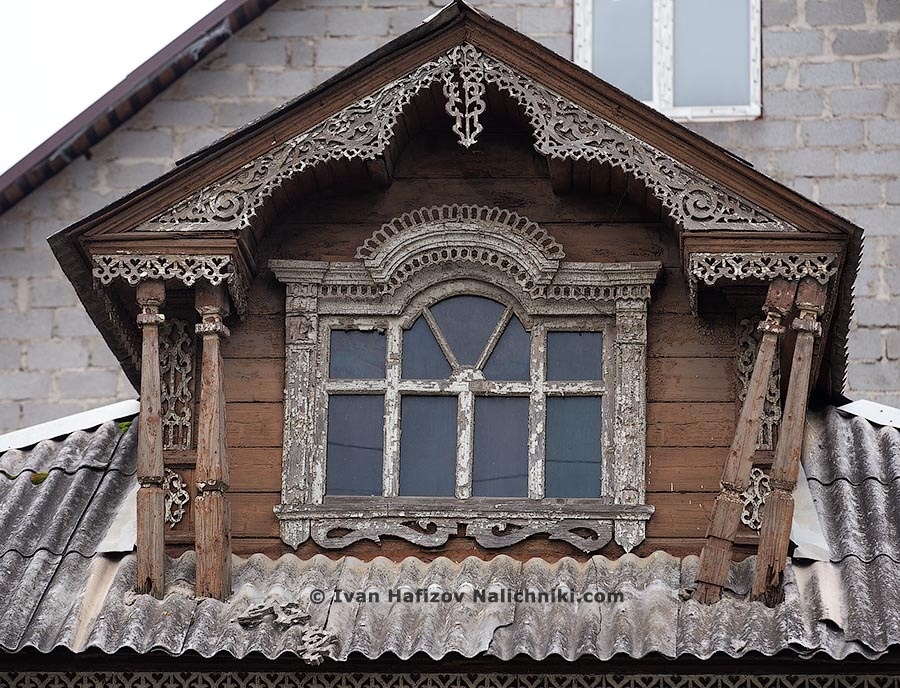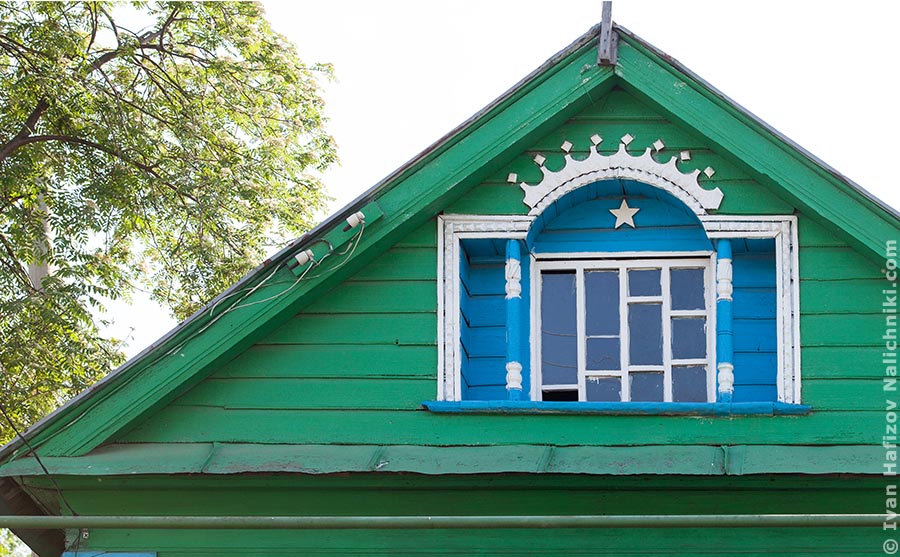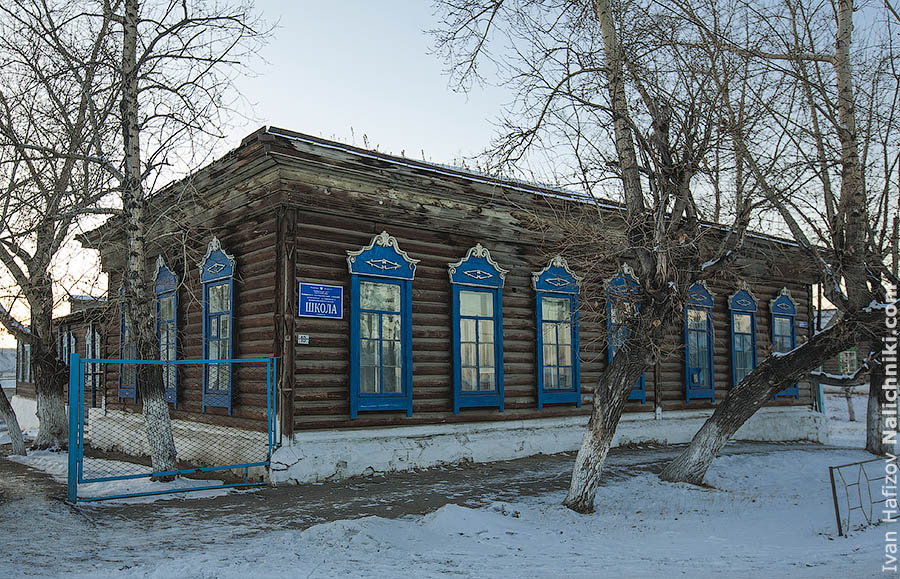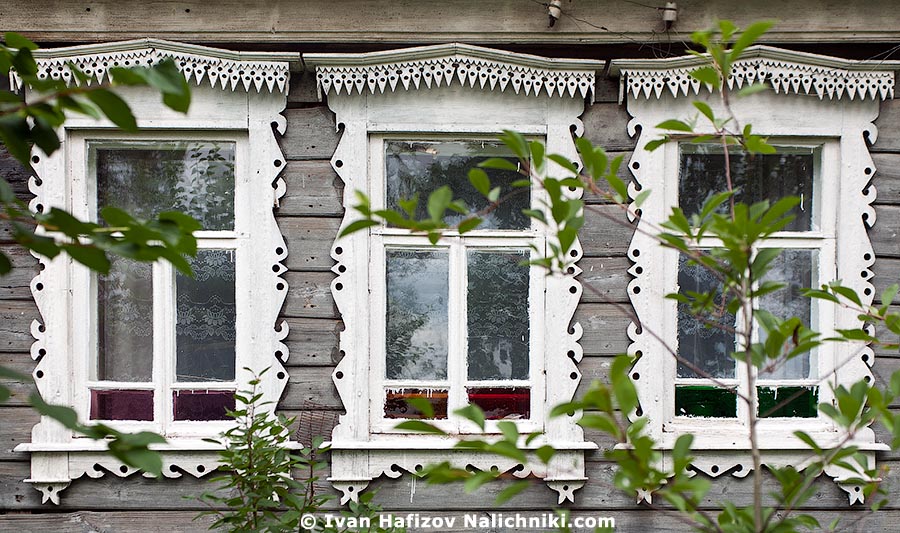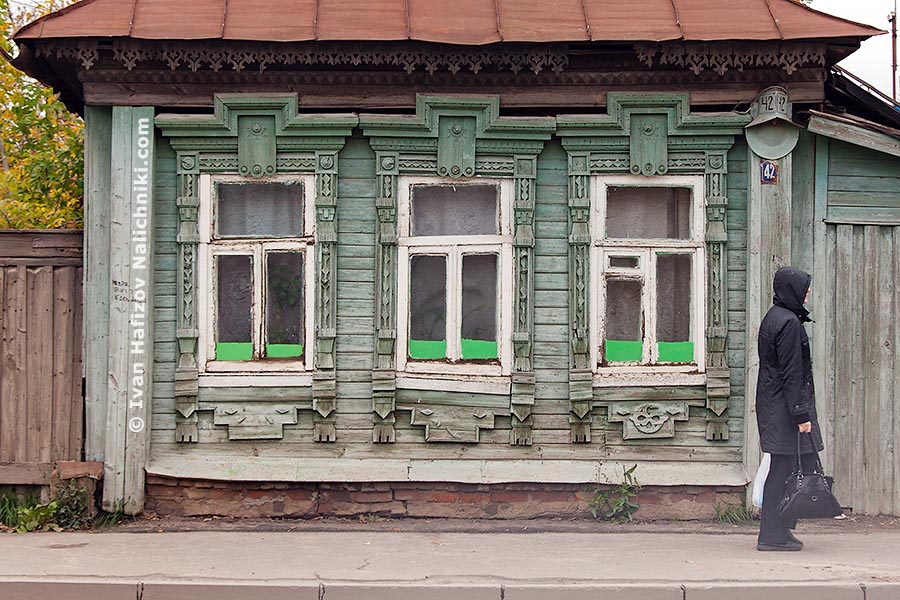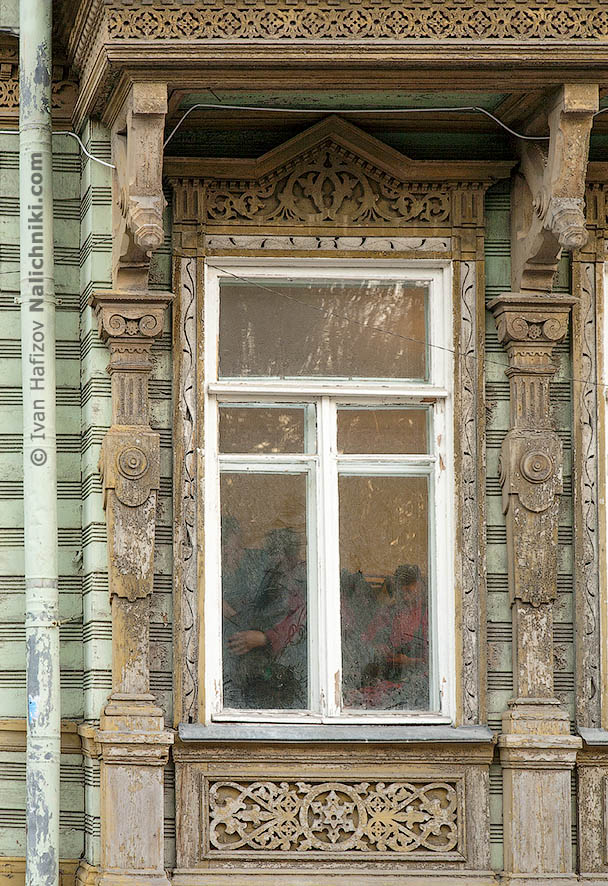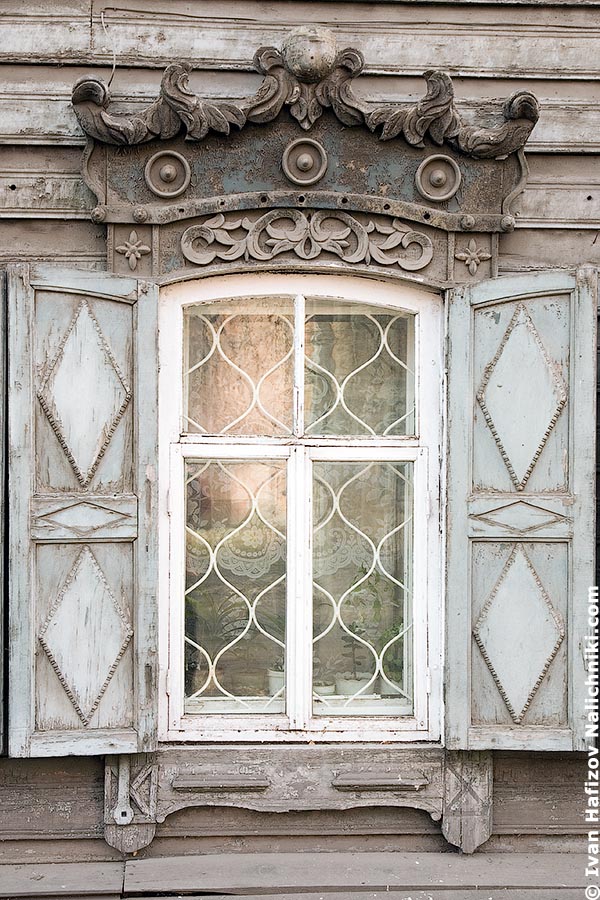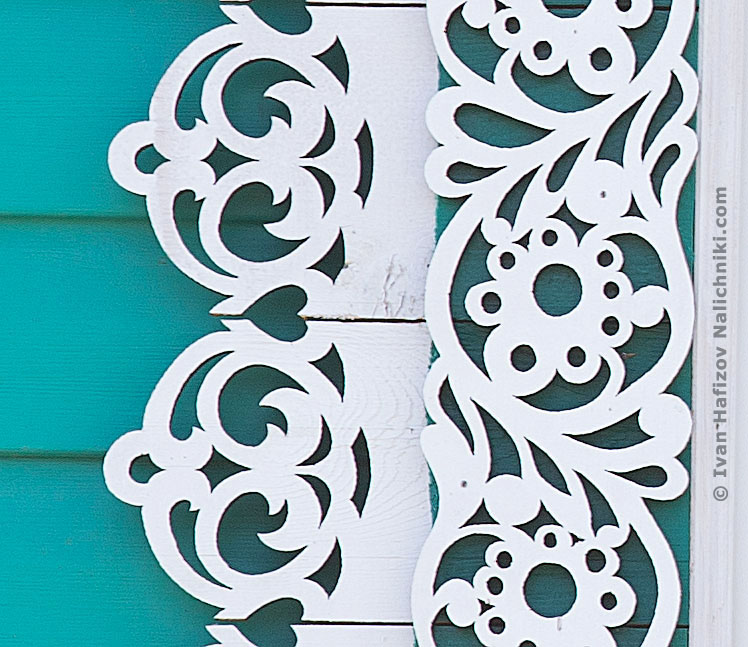One of the most amazing wooden houses I have discovered and photographed recently is this huge two-floor house with an attic. Its blind carving prompts it had been built either in the early XIX century, or in the mid XIX century, at the latest. Yet I could not find any plate etc. proving its age. The house stands at the exit from Gorokhovets, along the Moscow – Nizhny Novgorod highway.
In my view, it would be much better for it to be brought to some museum of wooden architecture…

